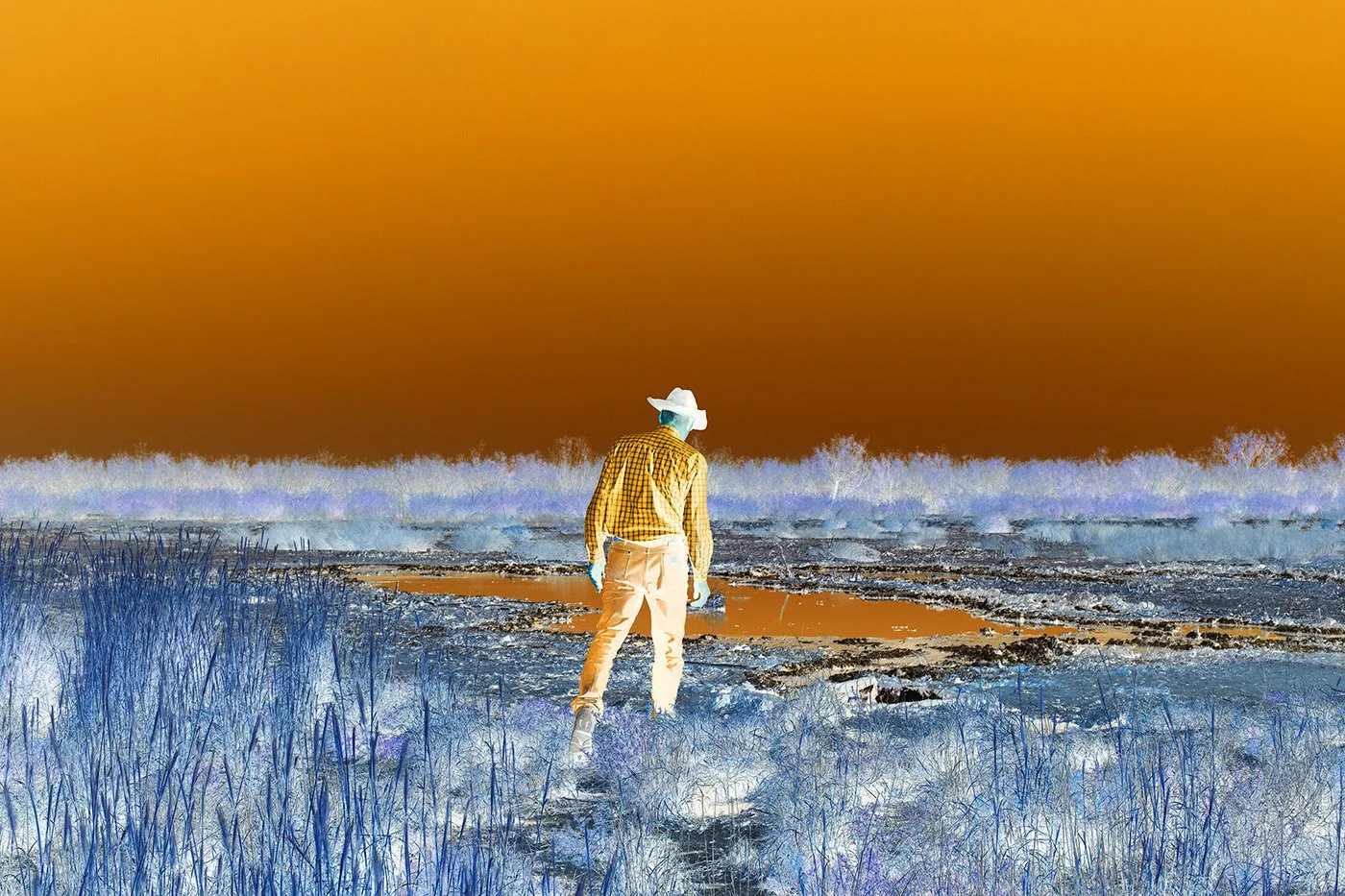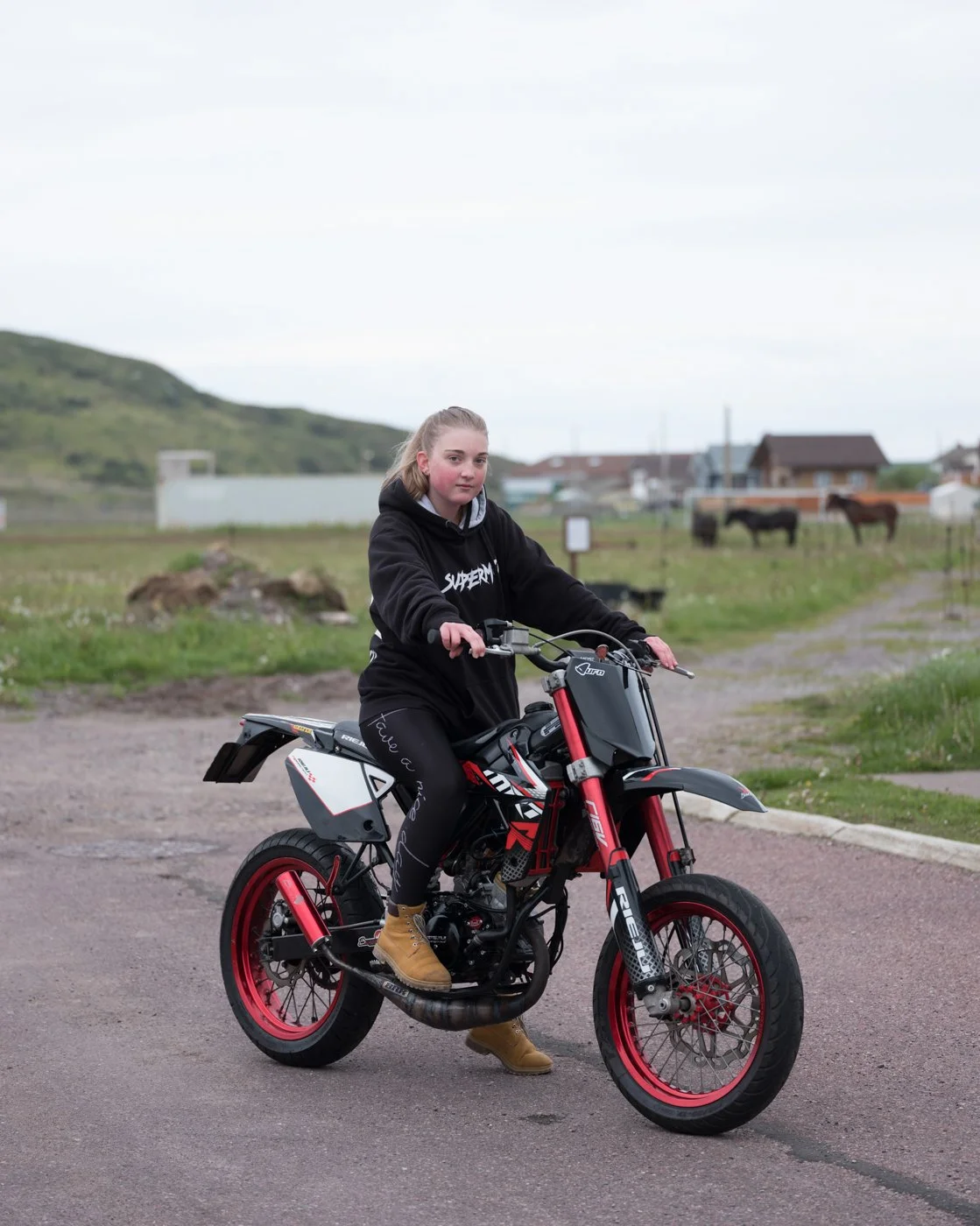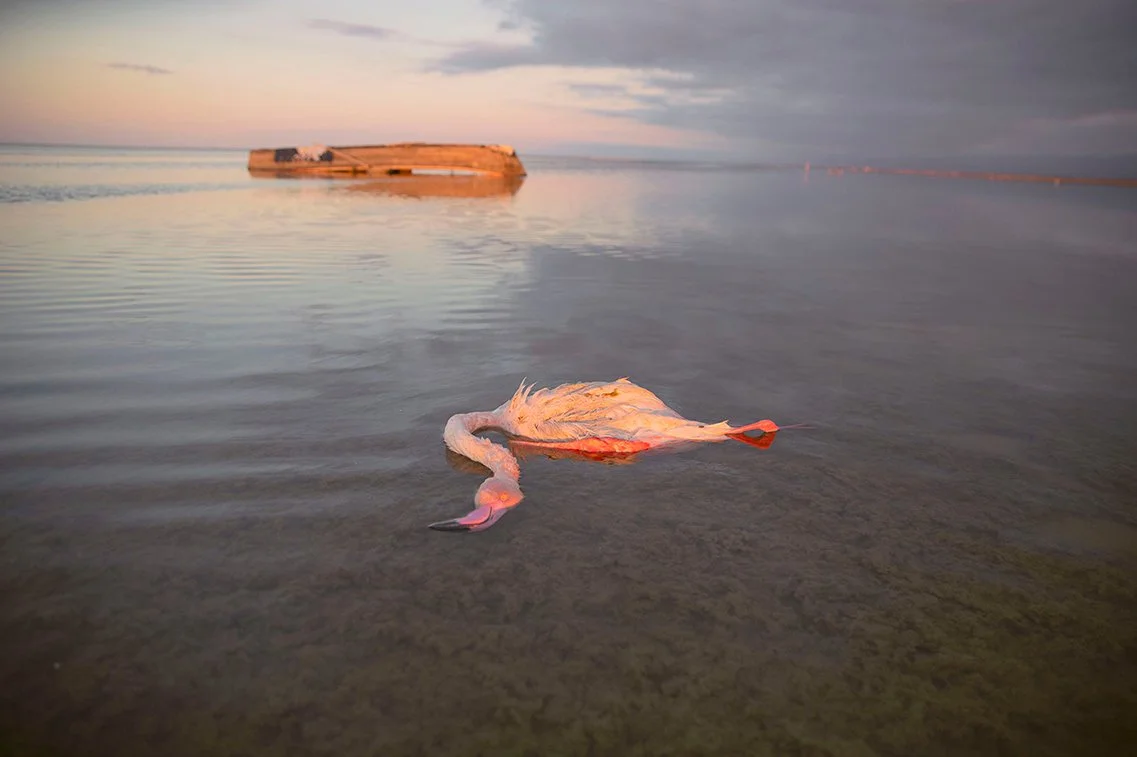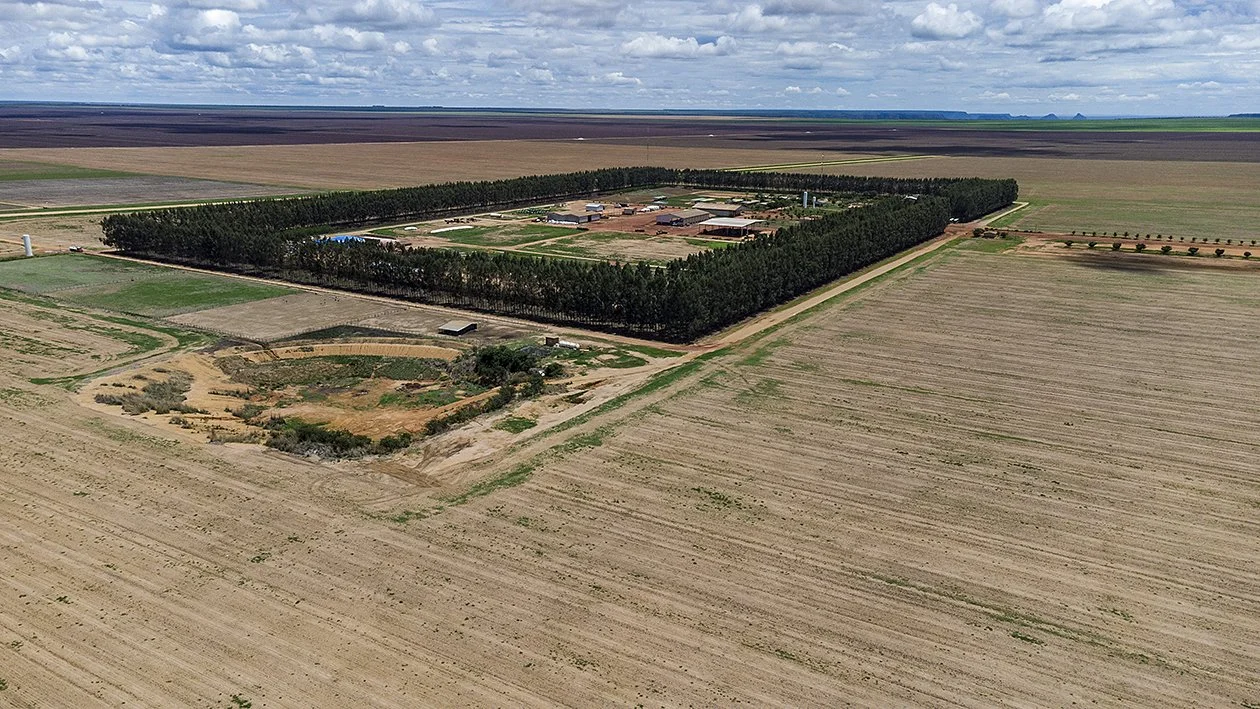WORKSHOP
SUSTAINING STORIES : Investigative environmental storytelling
The training program wrapped up in style, bringing together passionate storytellers for two dynamic online seminars and two unforgettable in-person talks in Arles. Led by leading figures in environmental journalism, data research, and storytelling. Over the course of the program, participants explored new ideas, forged connections, and sharpened their craft.
The highlight? One outstanding participant walks away with a €1,500 grant to fuel their project’s next chapter.
SPEAKERS
-
is an award-winning freelance crisis reporter for the Slovenian daily DELO and various European and U.S. publications. His work focuses on climate change, technology, conflicts and migrations.
-
is an experienced photo editor, project editor, digital storyteller, and producer. She collaborates with photographers, writers, editors, developers, and designers to create visually compelling and journalistically rigorous stories. She is currently the International Photo Editor at The Wall Street Journal.
-
is the director and co-founder of the Environmental Investigative Forum (EIF). He is an investigative journalist, mentor, and trainer specializing in cross-border collaboration and environmental issues. He leads EIF’s development, strategic direction, and external partnerships.
-
is a U.S. multimedia journalist and media development specialist based in Uganda with over 10 years of experience. She is the co-founder of InfoNile.org, an award-winning geojournalism platform connecting journalists across the Nile Basin to produce data-driven environmental stories, and recently launched NileWell.org to link journalists with scientists. A National Geographic Society grantee, CIVICUS Goalkeeper, and former Global Health Corps fellow, McGinnis has reported for Reuters, USA TODAY, and McClatchy Newspapers. She also spent five years leading programs at the Media Challenge Initiative in Kampala. Currently, she is pursuing a Master’s degree in Data Journalism at Columbia University.
-
is an artist, curator, and photography researcher. She holds degrees in Philosophy and Journalism from Odesa National University. Since 2015, she has been the founder and director of the International Festival Odesa Photo Days.
-
is a photo editor at Geo France and the founder of the association Borderline – Frontiers of Peace, which organizes photo exhibitions and visual education workshops across European schools. He also performs regularly as a speaker for Live Magazine.
-
is the director and co-founder of the Environmental Investigative Forum (EIF). He is an investigative journalist, mentor, and trainer specializing in cross-border collaboration and environmental issues. He leads EIF’s development, strategic direction, and external partnerships.
THE VIDEO
PARTICIPANTS
Tears of Motherland
The Iranian climate is predominantly arid or semi-arid, severely impacted by depleting water resources due to rising demand, salinization, groundwater overexploitation, and increasing drought frequency. The Caspian Sea, the world’s largest closed lake, plays a crucial role in water level fluctuations. Recent rapid changes in the Caspian Sea level have created unstable conditions for coastal areas over the past decades.
Miankaleh International Wetland, located in the southeast part of the Caspian Sea, is one of the most critical and vulnerable coastal regions. Designated as a UNESCO Biosphere Reserve, Miankaleh is one of the most significant and diverse wetland ecosystems in the world. It serves as a crucial habitat for a wide array of wildlife, including numerous endangered species and migratory birds that rely on the wetland for breeding and feeding and it includes Gorgan Bay, Ashoradeh, and the Miankaleh peninsula.
The decline in the Caspian Sea water level has significantly reduced the inflow to the wetland, causing extensive drying in the western and northeastern areas. Additionally, rapid urbanization, agricultural development, industrial pollution, mismanagement, and excessive river water use have exposed the wetland ecosystem to severe environmental challenges. Recent reports indicate that 30% of the wetland area has dried up.
Observations spanning my entire life and recent years studies on the Miankaleh drought crisis have deepened my understanding of this catastrophe. This project includes eight years of photography and many years of living in the region, which have profoundly shaped my connection to and knowledge of this environment. I have been photographing this region since 2016 until now. The short-term effects are evident, but the long-term projections are even more concerning. The ecological consequences of this decline would be disastrous.
The starting point for this project dates back to my childhood, when a taxidermized flamingo was brought to our home as a gift. I was terrified of it, yet it was always there, a constant presence. That fear parallels the deep sense of dread I now feel about the destruction of this environment. Over last years, I’ve conducted research and captured photographs, but to truly give a voice to this land and tell its story, I need support and assistance. This project is my way of turning that fear into action, and with the right support I believe it can inspire others to join the fight for conservation.
The destruction of this environment could lead to irreparable harm, affecting everything from wildlife and the extinction of rare plant and animal species to the severe challenges faced by people with fragile economies who are already confronting numerous difficulties. In addition to all the impacts it has in this regard, this ecosystem is a part of our identity. Watching its destruction is like witnessing the loss of a piece of myself and my people. I do not view myself as separate from this crisis; I am part of it.











